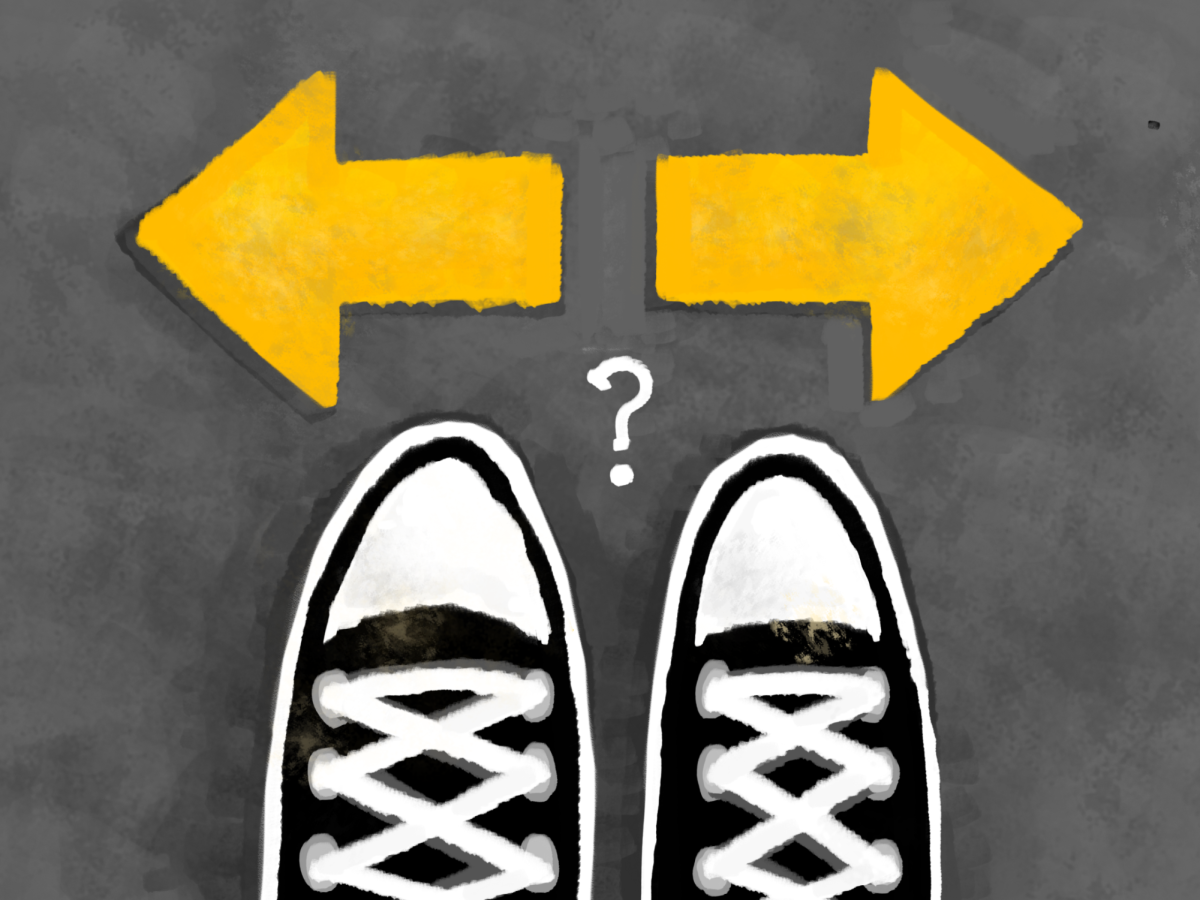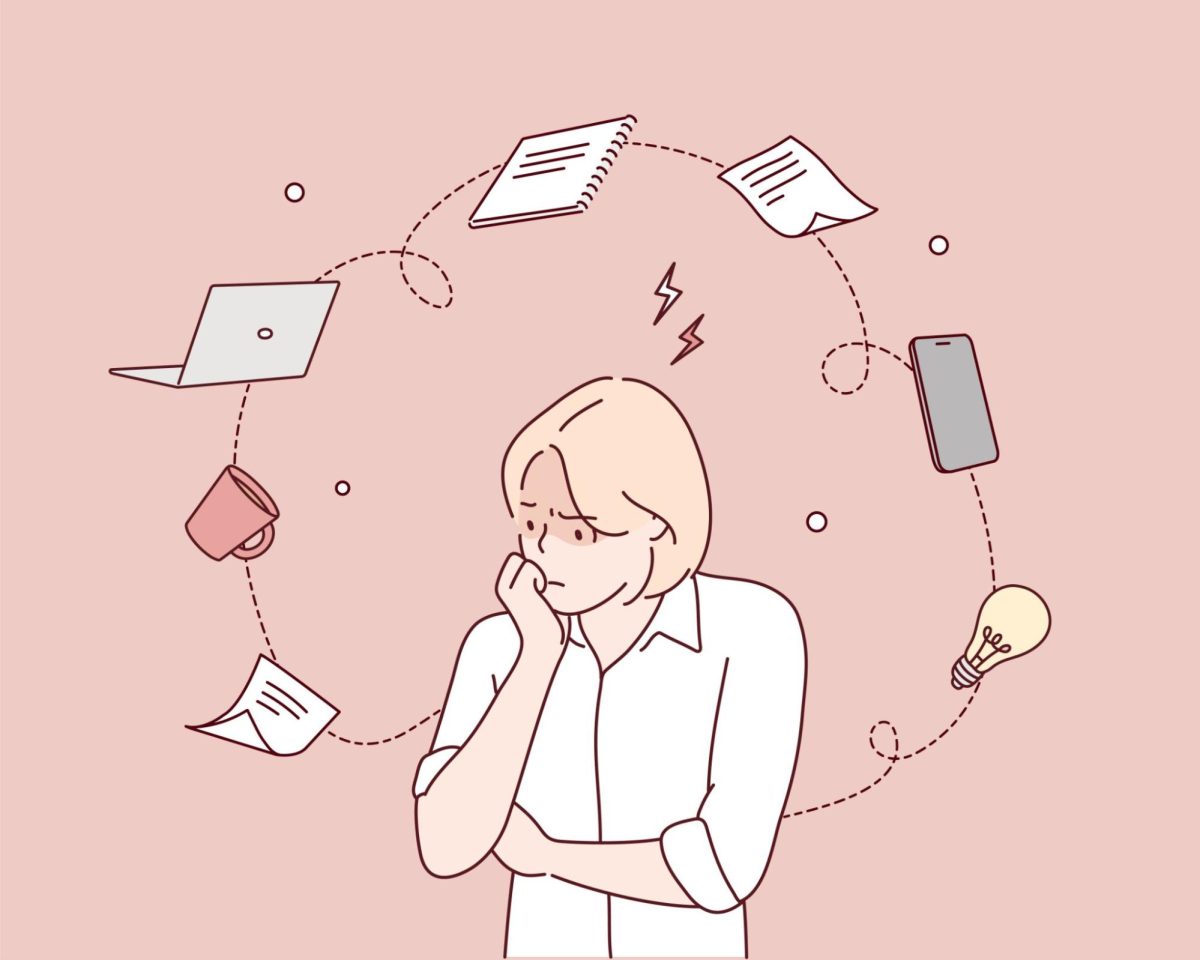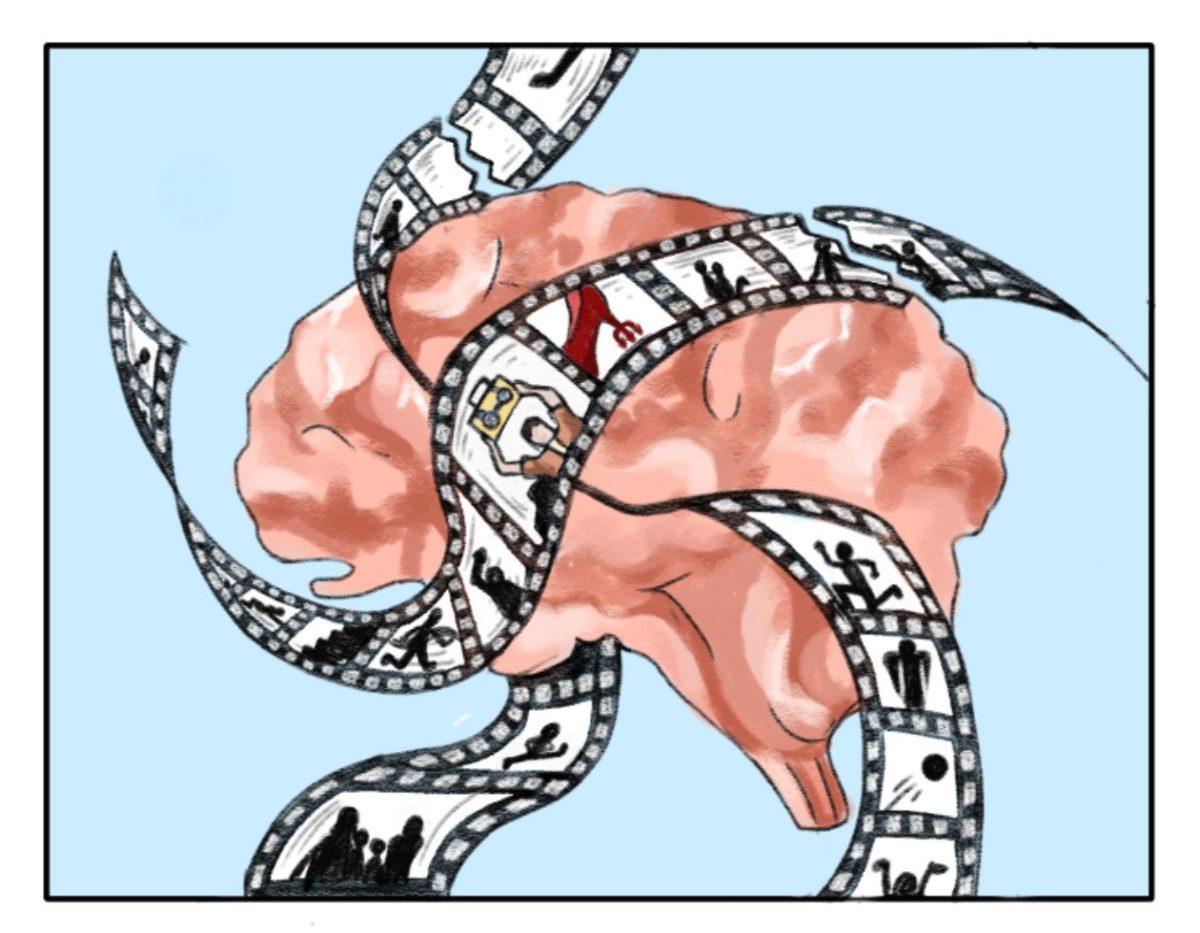
In our revolutionary age of technology and innovation, we often assume that most of our technological advances work towards increasing productivity and fostering good habits. New electronics such as tablets are incredibly powerful; they have the potential to change how we interact, from allowing users to communicate across the world to revolutionizing the way we read. But whether or not they empower and benefit all users is not so clear. While the tablet ideally provides different interactive platforms inaccessible by print, implementing its use potentially means losing the benefits exclusive to paper and acquiring disadvantages linked to tablet use. Despite the nearly irresistible attraction to newer, more updated things, in the case of tablets in classrooms, such integration may be worth reevaluation.
Of course, the implementation is not without its obvious benefits, such as saving paper that students receive daily from their classes. Tablets eliminate the many handouts and worksheets, thus relieving the students who struggle with organizing their paperwork. In addition, digitized classwork means changing the medium with which students complete their work. While students can still write with pen simulation available through apps such as Notability, students who struggle with neatness or favor the speed of typing will be able to more expediently take notes. However, all these apparent gains may have less obvious flip-sides.
In a study conducted on 300 students attending Princeton and the University of California, the data indicated that students who took notes manually retained information and recalled it more readily than others who took notes electronically. Students who typed notes were more prone to passively copying verbatim instead of filtering the material and determining what was worth writing down. Handwriting can also make connections between the motor activity and the processed information, boosting memory and retention. Despite the convenience digitizing can provide, it may undermine some inherent benefits that more traditional methods yield.
As iPads enter the scene, class, which has long been a time for students to put their screens away and learn through personal interaction, may very well lose its power to part teenagers from electronics. In addition to all the time high schoolers spend on technology for social or other reasons, many assignments have already evolved to utilize electronics in one way or another, whether it be typing up lab reports or submitting essays to Turnitin. Tablets will give students even more of a reason to spend more time on screens, which could potentially sustain the sedentary lifestyle that electronics seem to have brought about for this generation of students.
Moreover, another effect in lifestyle is the light from devices that suppresses melatonin secretion, affecting their users’ circadian rhythms. Accordingly, the artificial light of iPads will contribute to distorting the sleep cycles of students. This could exacerbate sleep deprivation in teenagers, of whom, according to the National Sleep Foundation, as few as 15 percent get an adequate night’s rest. Today, when even small children are attracted to the allure behind the screen, class is a rare and beneficial time for students to distance themselves from their electronic dependency and appreciate what can be learned from 40 minutes of instruction.
While the iPad may seem to empower users with the endless information available through its Internet connection, actually analyzing and interacting with this information can become difficult and tedious. In completing schoolwork in and out of class, every student references different sources, whether it be a science reference table, a math formula, or a vocabulary list. The iPad does make this information readily available, but it can make working with this information less practical. Traditionally, one could easily produce the correct piece of paper, even if it takes a little rustling around, and copy information into notes while staying on task. However, multitasking can become more time consuming with the iPad where all the necessary sources are consolidated in the space of the tablet’s 9.7-inch screen, which still does not permit users to view multiple application windows at once. On the iPad, accessing and interacting with handouts can mean switching between applications, scrolling up and down a PDF, or opening other files, which can all make for inconvenient and cumbersome switching.
Such an amalgamation of information on one device can also lead to unwanted effects in the classroom. Arming students with a device that has access to the Web, applications, and other features places much of the responsibility of learning on their shoulders. While this could help interested students learn more, it could also have negative consequences. Students will be able to inconspicuously study and do work for other classes while appearing to pay attention. Currently, students are rarely trusted to use their phones in class, so why do we expect that students will treat the iPads differently? Even if such distractions could be blocked, in time, someone with the will to circumvent the block will do so. This idea of misuse is exemplified by Google Docs, which aims to allow students to collaboratively create and edit documents in real-time in the cloud. However, even well-intentioned features could be misused by indifferent students to instantly message with friends via the real-time communication connection. Growing up in such a technology-oriented era, students are often drawn to the newest technologies, so it would make sense to conclude that a good number of students will be happier and thus more productive with new technologies. Nevertheless, it is possible that students will return to their old habits as the novelty wears off.
Another purported benefit of the school-backed iPad initiative is the possible diminishing of income inequality’s effect on education because every student would have a tablet regardless of his or her family’s income. Yet not all students have access to the speedy Internet that is all but required to productively use these tablets. Specifically, some students may have difficulty accessing Wi-Fi at home, which means they will have limited if any access to all the handouts and notes teachers will be digitizing. They also could have a harder time accessing and working with cloud based services like Google Drive.
The goal of tablet implementation is to improve learning. However, upon examining further the realities of the nature of education, it becomes clear the iPad initiative is not the antidote to all ills. Each subject has its own individual requirements, and instruction has been adapted around particular curriculum objectives. Along with technology comes the idea that anything up to date can only better the quality of instruction in classrooms, but upon closer examination, it becomes clear that integrating technology possibly creates new issues. It is important to begin with and understand the student experience, every nuance that goes into making an education wholesome and beneficial. Then and only then, if there is a technology that attaches itself to this experience, is it productive to implement new technology.
Categories:
Think Twice About Tablets: Do iPads Really Belong in Classrooms?
November 12, 2015
0
More to Discover













